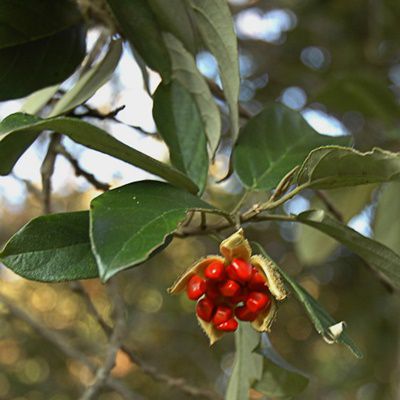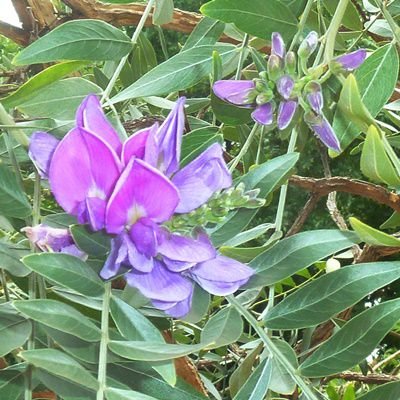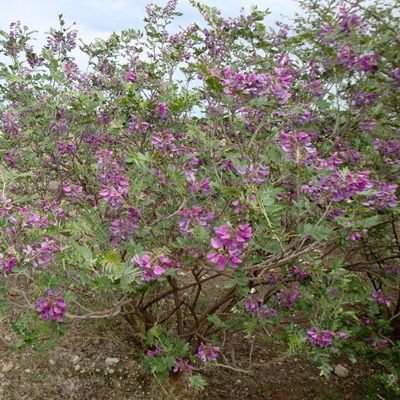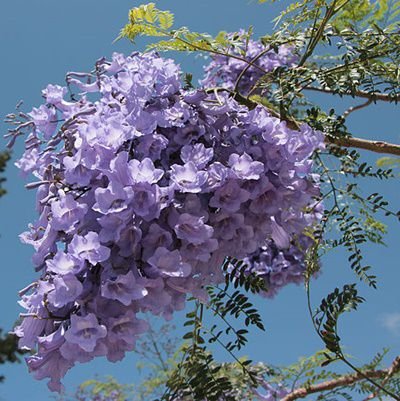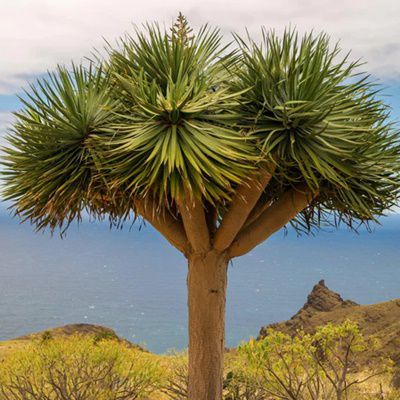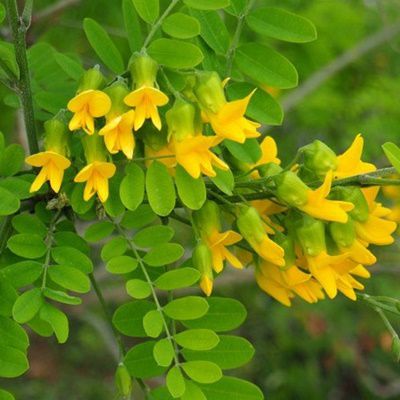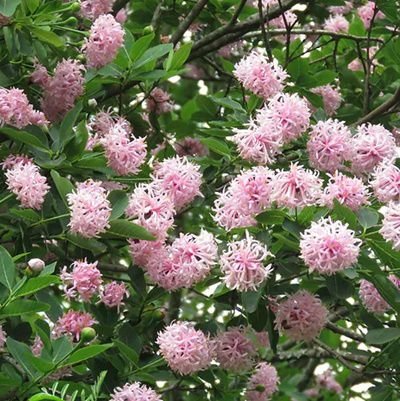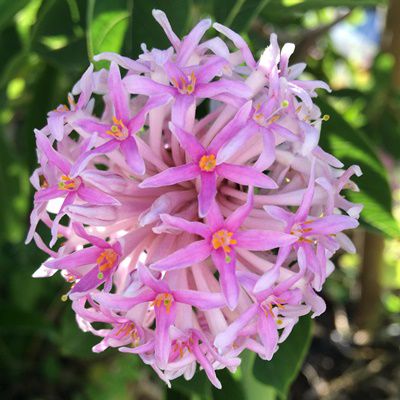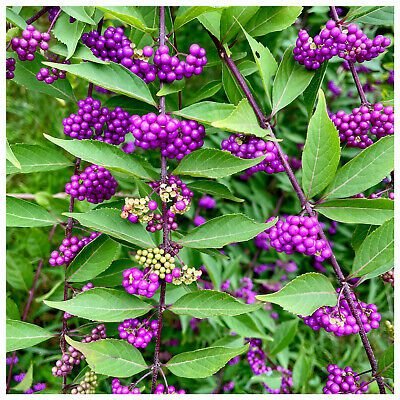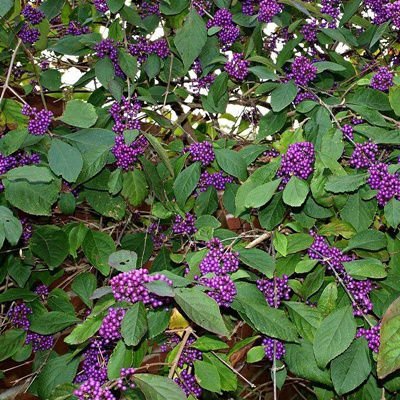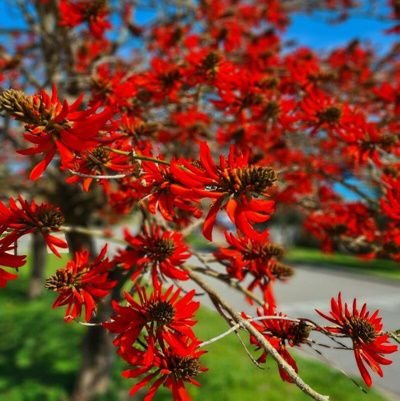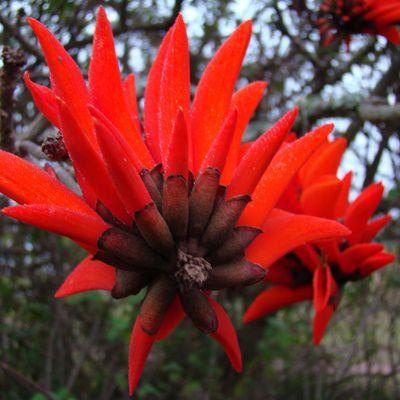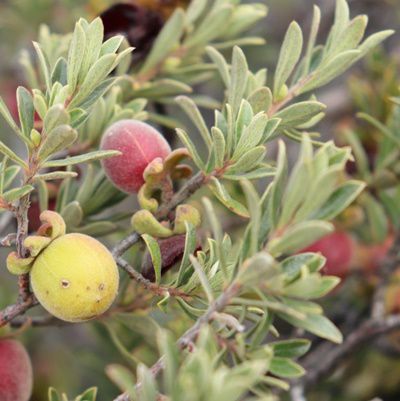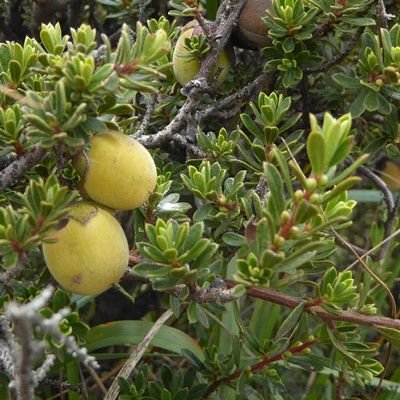Wild Peach – 10 Seeds
(Kiggelaria africana)
R30.00
Despite its common name, Wild Peach Tree is not related to the more familiar fruit-producing peach tree (Prunus persica). The tree attracts birds and is the host plant to the Garden Acrea butterfly.
Indoor Sowing: Spring and Autumn.
Direct Sowing: Spring and Autumn.
In stock
Despite its common name, Wild Peach (Kiggelaria africana) is not related to the more familiar fruit-producing peach tree (Prunus persica) although the leaves do look similar, if only very superficially. This is a very tough, hardy and fast-growing tree and low-branching. It has smooth, pale grey bark that becomes rough with age. It naturally forms a large shade tree with a gentle, non-invasive root system, but also makes a good windbreak or hedge. Because of its non-aggressive roots, it can be grown in containers. If a conventional tree shape is required, then the shoots that grow from the tree’s lower trunk should be removed.
The tree produces tiny, bell-shaped flowers which bloom from spring to summer. The flowers are yellow-green, with male and female flowers on separate trees. The flowers produce a hard, round, knobbly, greenish yellow capsule which forms in late summer to mid-winter, which splits to expose shiny black seeds, enclosed in an oily, sticky, bright orange-red coat.
The tree attracts birds and is the host plant to the Garden Acrea butterfly. Cuckoos, which prey on the larva of the butterflies, are attracted to the garden as well as other birds that feed on the seeds.
Common names: wild peach, wildeperske (Afr.), umKokoko (Xhosa), uMunwe (Zulu), Monepenepe (North Sotho), Lekgatsi (South Sotho), Muphatavhafu (Venda)
Growing Wild Peach Tree
Indoor Sowing: Spring and Autumn.
Direct Sowing: Spring and Autumn.
- Soak the seeds in hot water overnight before planting.
- Use a well-draining seed starting mix, such as a 1:2 mixture of compost and fine river sand
- Sow seeds on the surface of the medium and lightly cover them with the soil mixture.
- Place the container in a bright, temperate area.
- Keep the soil consistently moist but not waterlogged by misting every 2-3 days.
- Germination in about 4 weeks but may take longer.
- Once the seedlings reach 25-30 cm in height, transplant them into individual pots.
- Prefers full sun but tolerates semi-shade.
- Water regularly but moderately, ensuring the soil doesn’t dry out completely.
- Young trees may need frost protection for the first year or two, but mature trees are frost-hardy.
Disclaimer
Medicinal Information:
All medicinal information on this website is for educational and informational purposes only and may not be construed as medical advice. The information is not intended to replace medical advice or treatment offered by healthcare professionals.
Seeds, Plants, Plant Cuttings, Geophytes and Dried Herbs:
In some countries and provinces, certain plants are deemed as invasive and are not allowed to be planted at all, whilst some plants are allowed to be grown only in certain areas or provinces. The onus is on you as the buyer to familiarize yourself with the regulations pertaining to your location, before purchasing any of our seeds, plants, plant cuttings, geophytes or dried herbs. We will not be held liable, should you purchase any seeds, plants, plant cuttings, geophytes or dried herbs. from us which are prohibited in your country or province.


